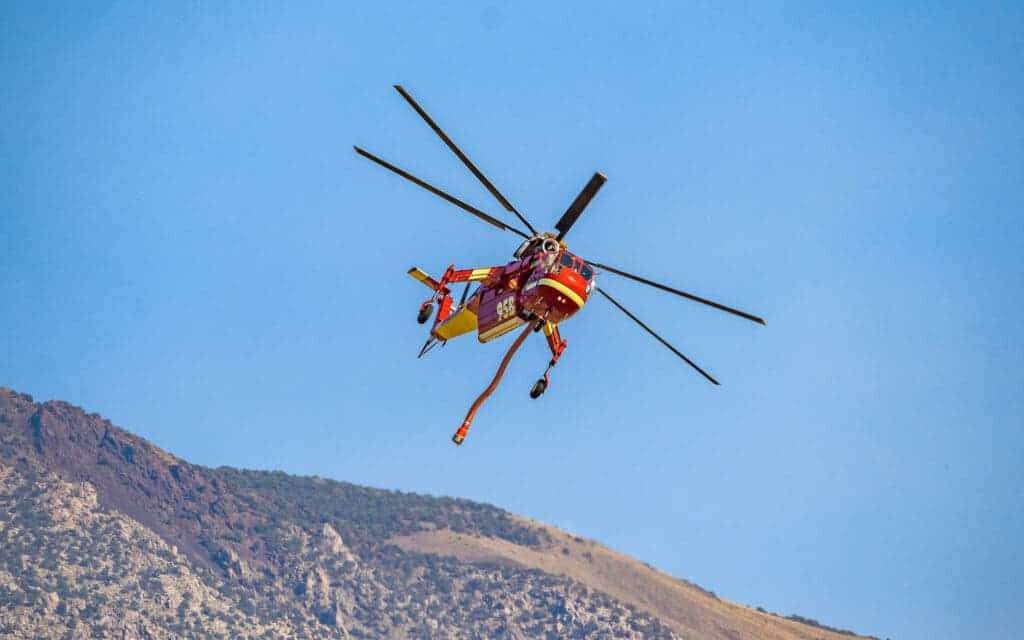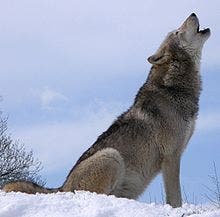Threatening homes and blackening the skies, a set of wildfires are raging through Northern California while firefighters are struggling to contain them in blistering heat. The fires were caused by lightning strikes and driven by strong winds over thousands of acres.

The fast-moving blaze has affected rural areas, brushland, canyon country, and dense forest to the south, east, and north of San Francisco. The fires have also made their way through the wine country and the Sierra Nevada. There are about two dozen major blazes, while small fires also keep erupting through the region.
More than 300,000 acres have burned across the state so far this year, according to the California Department of Forestry and Fire Protection, an increase compared to the 270,000 acres last year — the smallest surface since 2011. This has stretched the state’s firefighting resources to their limit.
A pilot on a water-dropping mission in Fresno County died yesterday when the helicopter crashed an hour away from the New Coalinga Municipal Airport. The pilot was employed by Guardian Helicopters, which was contracted by the state fire agency to provide emergency services on a call-when-needed basis.
The fires erupted at the beginning of the week and expanded rapidly. A severe heatwave and humid air caused record-high temperatures and thunderstorms in the area. Governor Gavin Newsom said yesterday that California had almost 11,000 strikes in only 72 hours, leading to the growing blazes.
Up to 8,000 residents near the Russian River were asked to evacuate due to two fires in the Solano County. Residents of Healdsburg, with a population of 12,000, were warned to be ready to evacuate soon. The air in San Francisco was filled with ash and smoke from seven fires that burned more than 100 buildings and threatened 2,500 others.
The 100,000 residents of Vacaville, located between San Francisco and Sacramento, were woken up before dawn by police and firefighters, who went door to door asking residents to evacuate their homes, according to AP.
In a statement, the California Fire Department said this was “extreme” fire behavior. “Fires are making runs in multiple directions and impacting multiple communities. A critically dry airmass is moving over the area bringing strong winds,” they said, adding four people have been injured, but not clarifying if they were fire firefighters.
The state is still in the midst of a record-breaking heatwave that began last week. Death Valley registered 130 Fahrenheit (54.4ºC), which could be the highest temperature reading on Earth in almost 90 years. Similar records were seen in Woodland Hills, Burbank, and Santa Ana.
Since the 1970s, California wildfires have increased in size eight-fold, with the annual burned area growing by nearly 500%, a study said last year, linking the increase with climate change. The researchers suggested wildfires could grow exponentially in the next 40 years as temperatures continue to rise.






